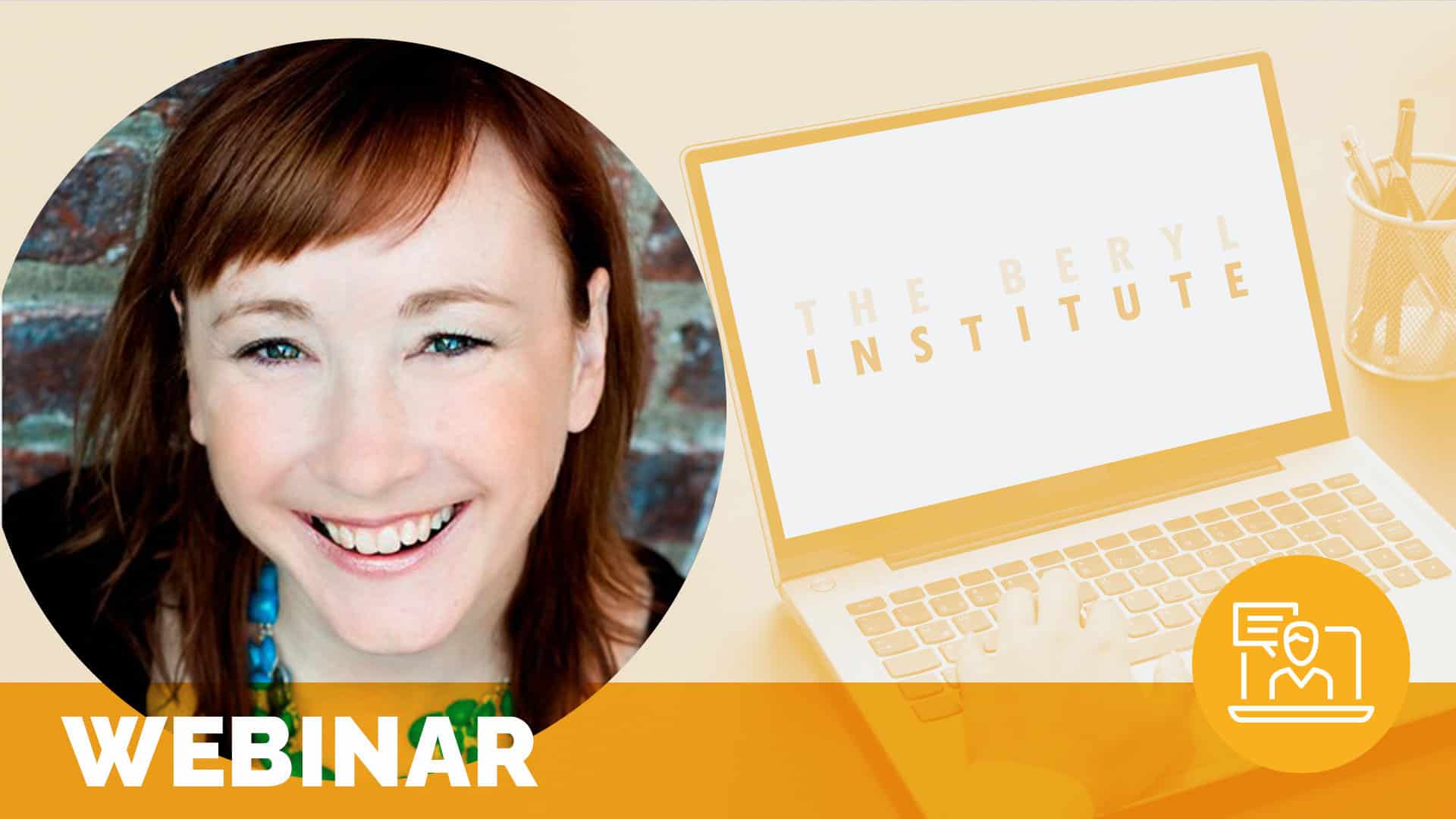Strength in the Storm: Using PFE Strategies to Reduce Burnout
Published February 18, 2016


Tiffany Christensen, Performance Improvement Specialist, North Carolina Quality Center
Burnout is a serious issue effecting safety, cost and patient satisfaction. In this session, Tiffany Christensen explores her personal story of a double lung transplant recipient as well as her professional experience as a patient advocate. Tiffany opens the topic of burnout by sharing her struggle to connect with the patients she served while also lacking the sense that her work was meaningful. After establishing the causes and symptoms of burnout, this webinar then explores three “turn-arounds” of burnout consisting of concrete strategies based in PFE best practices. Tiffany guides participants to find activities to help them reconnect with the enjoyment in patient care, find new strategies for self-care and understand new ways to use PFE to facilitate personal healing.
Related content
-
Culture & Leadership | Patient Family & Community Engagement | Staff & Provider Engagement
The “What Matters to You” Movement: Fostering Sustainable Change in Healthcare
Published June 3, 2025

Are you curious about how to ignite a movement within your organization that enhances care quality and workforce well-being and delivers a return on investment? Inspired by the global What Matters to You (WMTY) movement, this webinar will showcase successful improvement initiatives that have led to better quality outcomes, increased joy in work, and financial
Learn more -
Culture & Leadership | Staff & Provider Engagement
Shaping a Human-Centered Patient Experience Across Interdisciplinary Teams
Published November 14, 2024

Patient experience directly impacts patient wellbeing and care outcomes, as well as the reputation of the hospital. But is the patient experience defined by the medical care alone? A recent deep-dive study on Voice of the Patient Data highlights the fact that 53% of patients’ feedback focuses on the medical care and teams. The study
Learn more -
Staff & Provider Engagement
Re-Recruitment: An Essential Aspect of Human Experience
Published May 5, 2025

Healthcare staffing is a major issue facing leaders at all levels and is affected by turnover rates in “The Great Resignation,” as well as the issue of burnout, moral injury, and turnover. In seeking to deal with defining and making human experience as reality, these factors affect every level, from patient experience to workforce experience
Learn more
